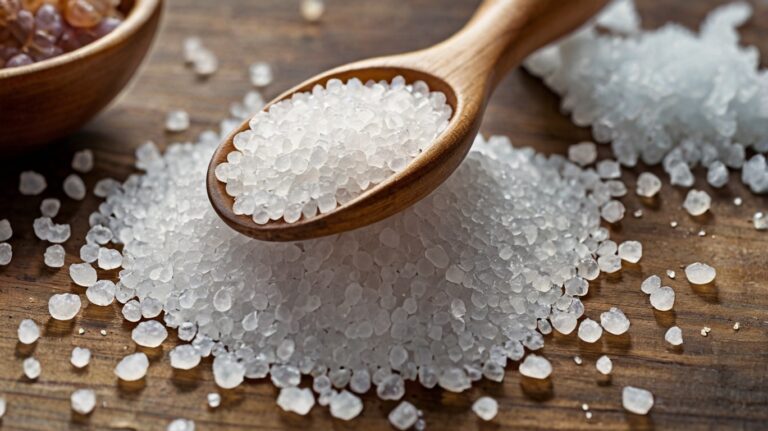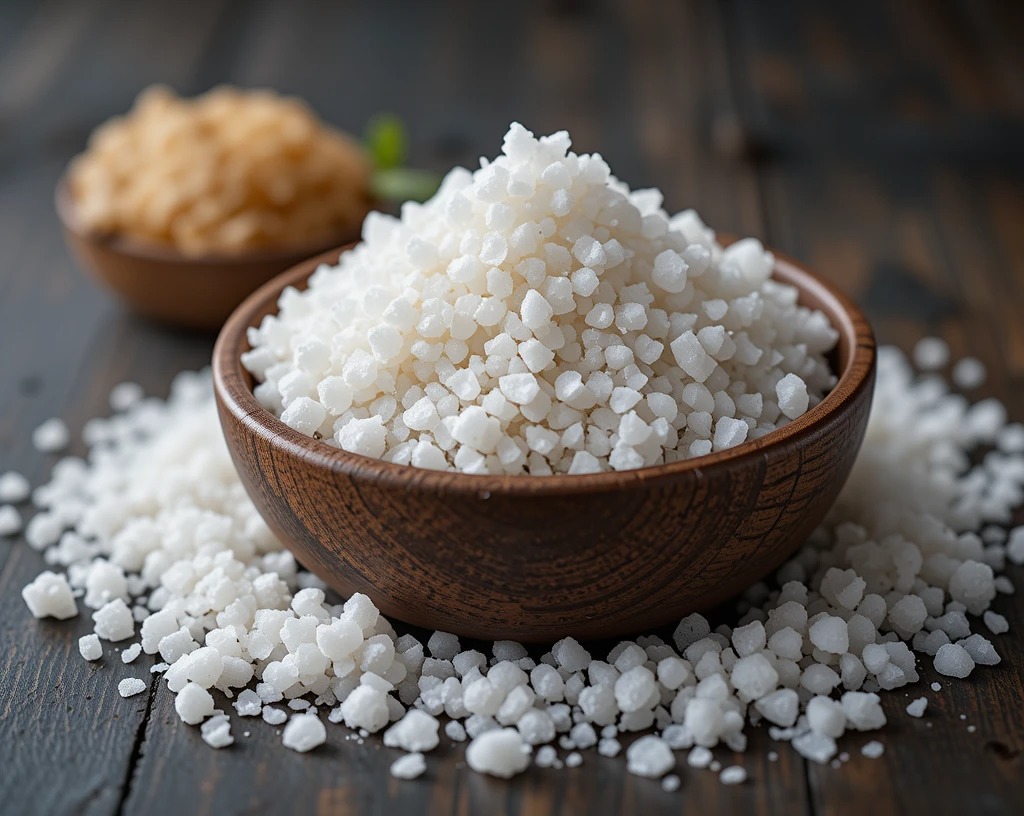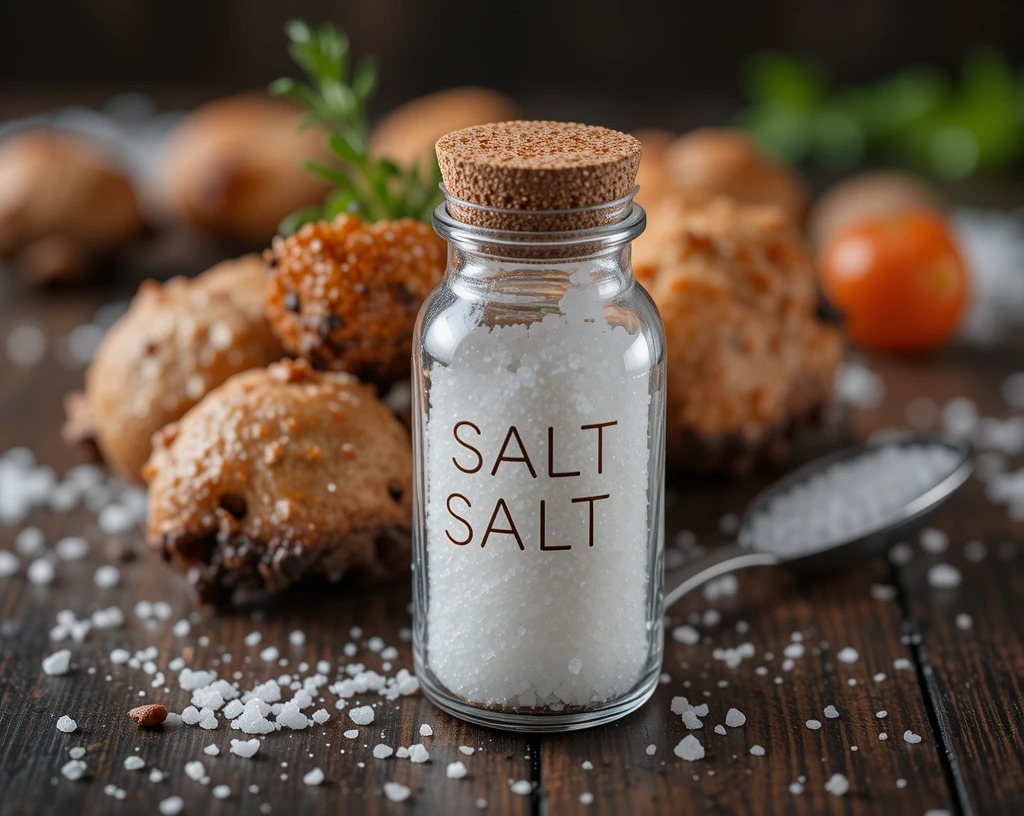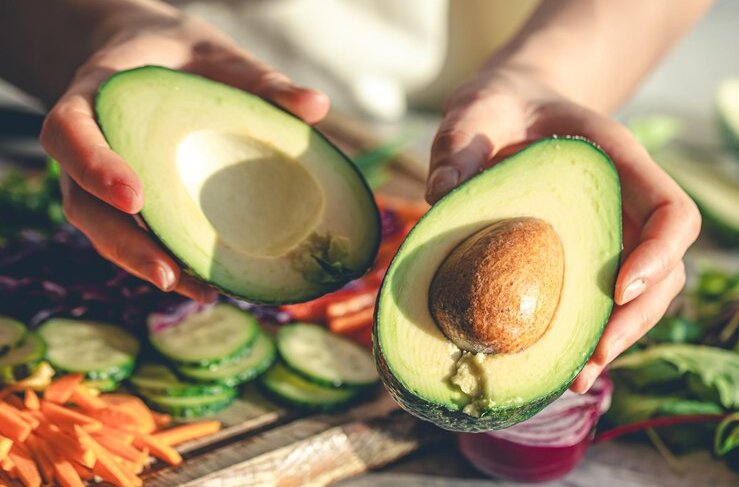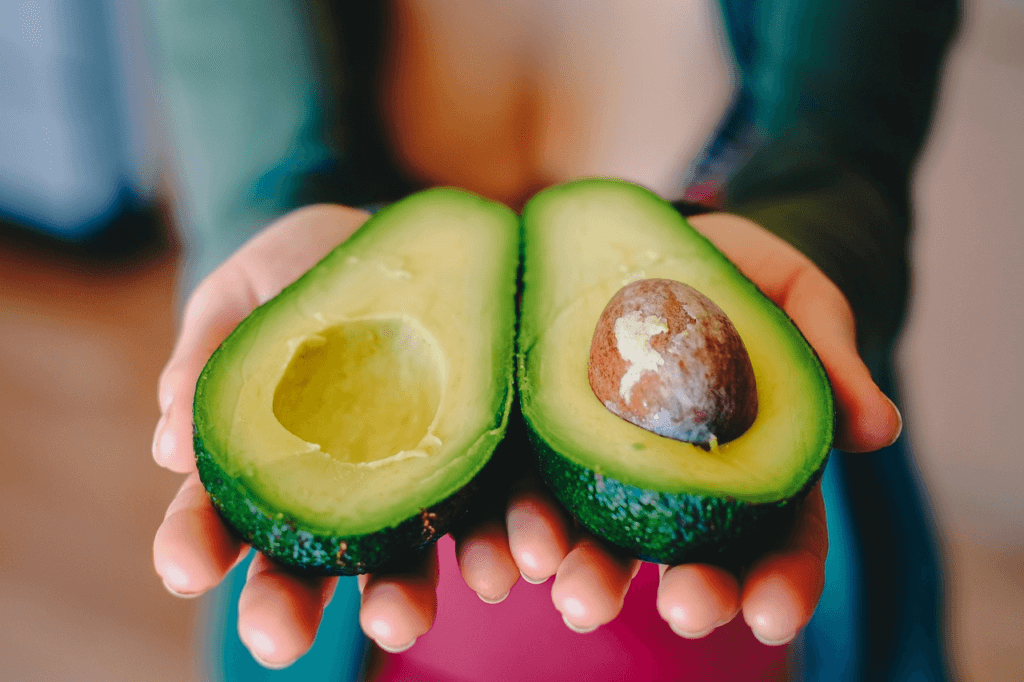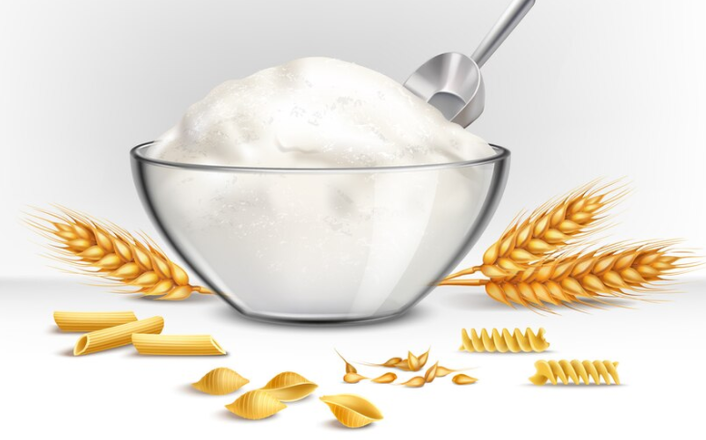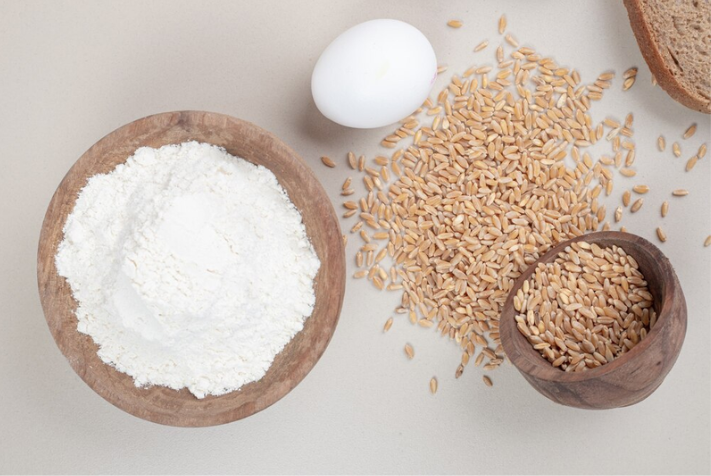Bud Light, one of the most popular beers in the United States, has become a staple for many beer drinkers. Known for its light, crisp flavor, it’s often the go-to choice for casual gatherings, sports events, and barbecues.
However, as more people adopt gluten-free diets due to sensitivity or celiac disease, they are increasingly questioning whether their favorite beers, including Bud Light, fit into this lifestyle. With the rise of gluten-free beverages and the growing awareness of gluten intolerance, it’s no surprise that consumers are more conscious of what’s in their drinks.
This brings us to a critical question: Is Bud Light gluten-free? Whether you’re someone with gluten sensitivity, celiac disease, or simply trying to reduce gluten intake, it’s important to understand what goes into the making of this widely enjoyed beer.
While gluten-free options have exploded in popularity, not all beers can be classified as safe for those avoiding gluten. Bud Light’s ingredients, brewing process, and any statements from the manufacturer all play a role in answering this question.
In this article, we’ll dive into whether Bud Light contains gluten, what that means for your health, and explore safe alternatives for those looking for gluten-free options.
Understanding Gluten
Gluten is a group of proteins found in certain grains that helps give dough its elasticity and structure. It is naturally present in wheat, barley, and rye, and can also be found in foods made from these grains. Common sources of gluten include bread, pasta, cereals, beer, and other baked goods.
Gluten plays an important role in food texture and consistency, which is why it’s often added to many processed products.
For most people, gluten is harmless and can be easily digested. However, for individuals with gluten intolerance, gluten sensitivity, or celiac disease, consuming gluten can lead to significant health issues. Gluten intolerance and sensitivity can cause symptoms like bloating, diarrhea, stomach cramps, and fatigue. These symptoms arise because the body has trouble digesting or processing gluten, resulting in discomfort and digestive distress.
Celiac disease, a more serious condition, is an autoimmune disorder where the ingestion of gluten triggers an immune response that damages the small intestine lining. Over time, this damage can impair nutrient absorption and lead to complications such as malnutrition, osteoporosis, and infertility. For individuals with celiac disease or severe gluten sensitivity, even trace amounts of gluten can cause harmful reactions.
This is why many people with these conditions need to avoid foods and beverages that contain gluten, including many beers.
Bud Light Ingredients and Brewing Process
Bud Light, like most traditional beers, is brewed using a few key ingredients that contribute to its signature light and crisp flavor. The main ingredients in Bud Light are:
- Water
- Barley Malt
- Rice
- Hops
While these ingredients come together to create a refreshing beer, the key concern for those following a gluten-free diet is the presence of barley malt. Barley is one of the three primary grains that naturally contain gluten, alongside wheat and rye.
Barley malt is used in the brewing process to provide the sugars necessary for fermentation, giving the beer its alcohol content and helping with flavor and color.
Because barley contains gluten, Bud Light is not gluten-free. Even though barley malt plays a central role in brewing, it contains the gluten proteins that can trigger reactions in people with gluten intolerance or celiac disease.
The brewing process itself, which includes fermentation and filtration, does not completely remove gluten from the final product. While some processes might break down gluten to smaller fragments, trace amounts of gluten often remain in the beer.
This means that, even though the brewing process can reduce gluten levels somewhat, it doesn’t eliminate the protein entirely. As a result, Bud Light may not be safe for those with gluten sensitivities or celiac disease, and people following a gluten-free diet should avoid it.
Is Bud Light Gluten-Free?
The simple answer is no, Bud Light is not gluten-free. Despite its popularity and light profile, this beer contains gluten because one of its key ingredients is barley malt, which is derived from barley, a grain that naturally contains gluten. As a result, Bud Light does not meet the standards for a gluten-free product.

Official Statements from Anheuser-Busch
Anheuser-Busch, the company behind Bud Light, has not marketed the beer as gluten-free. While the company is transparent about the ingredients in its products, it does not offer any indication that Bud Light is safe for those avoiding gluten.
In fact, Anheuser-Busch has released a statement in the past clarifying that Bud Light, along with other traditional beers, should not be consumed by individuals with gluten sensitivity or celiac disease, as the gluten content is not fully removed during brewing.
Suitability for Individuals with Celiac Disease or Severe Gluten Sensitivity
For people with celiac disease or severe gluten sensitivity, consuming Bud Light is not recommended. Even small amounts of gluten can trigger harmful reactions in these individuals, causing symptoms like digestive distress, inflammation, and long-term damage to the intestines in the case of celiac disease.
Because Bud Light contains barley and does not undergo a process that completely eliminates gluten, it is not considered safe for those with these conditions.
If you’re following a gluten-free diet due to medical reasons, it’s best to seek out certified gluten-free beers or other alternatives that are specifically brewed to meet gluten-free standards.
Gluten-Free Alternatives to Bud Light
If you follow a gluten-free diet or have gluten sensitivity, there are plenty of delicious alternatives to Bud Light that allow you to enjoy a refreshing beverage without the gluten. Here are some popular gluten-free beer options, as well as non-beer alternatives for variety:
Gluten-Free Beer Brands
- Omission Brewing Co.
Omission beers are brewed with traditional ingredients like barley but undergo a special process that removes the gluten, making them safe for most people with gluten sensitivities (though not suitable for those with celiac disease). Popular options include Omission Lager and Omission Pale Ale. - Redbridge (Anheuser-Busch)
Redbridge is a gluten-free beer made from sorghum and is brewed specifically for those avoiding gluten. It has a distinct, malty flavor and is a great alternative to traditional beers like Bud Light. - Glutenberg
Glutenberg is a craft brewery dedicated to producing 100% gluten-free beers, using alternative grains like millet, buckwheat, and quinoa. Their beers are certified gluten-free and come in a variety of styles, including Pale Ale, IPA, and Stout. - New Belgium Glutiny
This gluten-reduced beer from New Belgium offers a smooth, malty flavor. While it is brewed with gluten-containing ingredients, it undergoes a special process to reduce the gluten levels, making it suitable for people with mild gluten sensitivity (but not for those with celiac disease).
Non-Beer Alternatives
If you’re in the mood for something different, there are several gluten-free alcoholic beverages that are great choices:
- Hard Seltzers: Many hard seltzers, including Bud Light Seltzer, are gluten-free, as they are typically made with fermented sugar or fruit, rather than grains. These offer a refreshing, bubbly alternative to beer and come in a variety of flavors.
- Cider: Most ciders are naturally gluten-free, as they are made from fermented apples. Popular brands include Angry Orchard, Woodchuck, and Magners, offering a crisp and fruity option for those avoiding gluten.
Tips for Finding Certified Gluten-Free Beverages
- Look for Certified Gluten-Free Labels: When searching for gluten-free alcohol, always check the product label for the “Certified Gluten-Free” seal, which ensures that the beverage has been tested and verified to contain less than 20 parts per million of gluten, the standard for gluten-free certification.
- Check Ingredients Carefully: Some beers may be labeled as “gluten-removed,” but these are not safe for individuals with celiac disease, as they might still contain trace amounts of gluten. Always opt for beverages that are truly gluten-free from the start of the brewing process.
- Research New Products: With the rise in gluten-free demand, many brands are now offering gluten-free options. Don’t hesitate to check online retailers or local craft breweries for new, certified gluten-free alternatives.
By choosing certified gluten-free beers or non-beer alternatives, you can still enjoy a cold, refreshing beverage without the worry of gluten.
Conclusion
In conclusion, Bud Light is not gluten-free due to its use of barley malt, which contains gluten. While the beer may be suitable for those who don’t have gluten intolerance or celiac disease, it is not a safe choice for individuals with these conditions.
Even though the brewing process may reduce gluten levels, it doesn’t eliminate it entirely, making Bud Light unsuitable for those who must strictly avoid gluten.
For those following a gluten-free diet, there are plenty of delicious alternatives to enjoy. Certified gluten-free beers, such as Omission, Redbridge, and Glutenberg, offer a safe and enjoyable drinking experience. Additionally, hard seltzers like Bud Light Seltzer provide a refreshing, gluten-free option.
When choosing a gluten-free beverage, always look for certified gluten-free labels and be cautious of gluten-removed beers, as they may still contain trace amounts of gluten. Remember, consulting a healthcare professional can provide personalized advice if you’re unsure about what’s safe for your diet.
Ultimately, while Bud Light may be a beloved choice for many, those on a gluten-free diet can find great alternatives that meet their needs without compromising on taste or refreshment.
FAQs
Q: Can celiacs drink Bud Light?
A: No, celiacs should not drink Bud Light. Bud Light contains barley malt, which is made from barley, a gluten-containing grain. For people with celiac disease, even trace amounts of gluten can trigger harmful reactions, including intestinal damage. It is recommended to avoid Bud Light and other beers made with gluten-containing grains.
Q: What’s the difference between gluten-free and gluten-removed beer?
A: The difference between gluten-free and gluten-removed beer lies in the brewing process and ingredients used:
- Gluten-Free Beer: Made with gluten-free grains such as sorghum, rice, or millet. These beers are safe for individuals with celiac disease and severe gluten sensitivity.
- Gluten-Removed Beer: Made with traditional grains like barley or wheat, but treated with an enzyme to break down gluten. While this process reduces gluten, it doesn’t eliminate it completely, meaning gluten-removed beers may still contain trace amounts of gluten. They are not safe for those with celiac disease, though they may be suitable for people with mild gluten sensitivity.
Q: Is Bud Light Seltzer safe for gluten-free diets?
A: Yes, Bud Light Seltzer is generally considered safe for people following a gluten-free diet. It is made from fermented sugar or fruit, which do not contain gluten. As a result, hard seltzers like Bud Light Seltzer are naturally gluten-free. However, it’s always a good idea to check the product label for any potential cross-contamination risks or other disclaimers, although Bud Light Seltzer should generally be a suitable option for those avoiding gluten.


